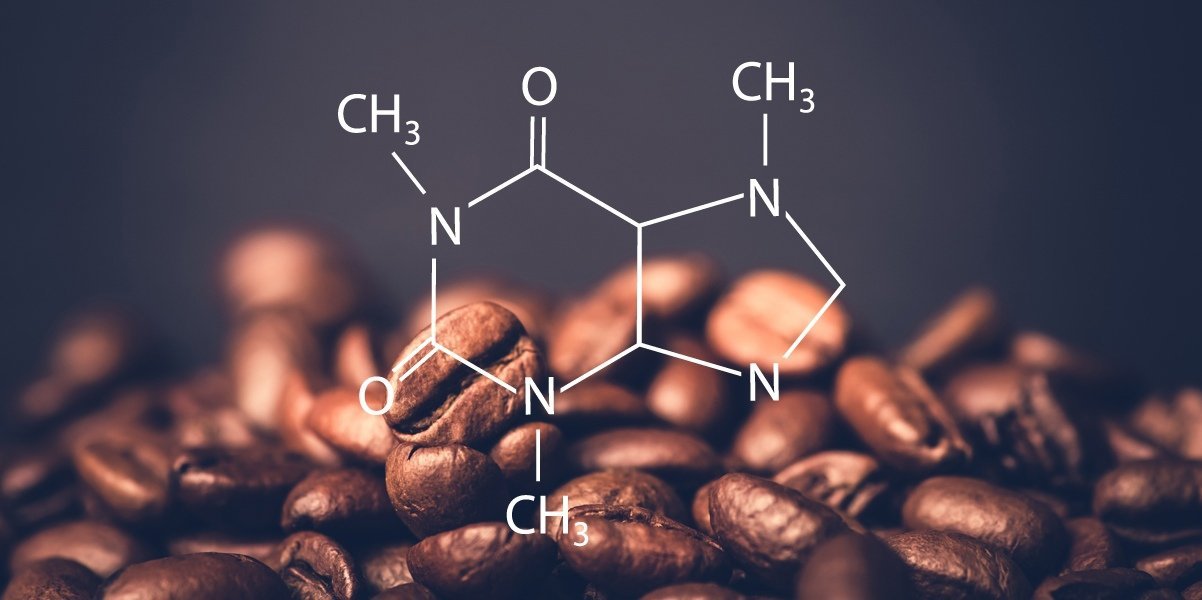Caffeine is one of the most widely consumed psychoactive substances in the world. It is found naturally in plants including coffee beans, tea leaves, guarana berries, and kola nuts. Over 90% of adults worldwide regularly consume caffeine through various sources like coffee, tea, soda, energy drinks, chocolate, and medications. Here are some key facts and the physiological effects of caffeine.
What is Caffeine?
Chemically known as 1,3,7-trimethylxanthine, caffeine is a bitter, white crystalline alkaloid. It acts as a central nervous system and metabolic stimulant. Caffeine blocks the effects of adenosine, a neurotransmitter that promotes drowsiness and sleep. By inhibiting adenosine receptors, caffeine creates a short-term boost in activity and reduces fatigue. While acute effects tend to diminish with regular use, caffeine can enhance alertness, reaction times, and mood when consumed in moderate amounts.
Sources of Caffeine
Different beverages and edibles contain varying levels of caffeine. Brewed coffee contains anywhere from 95-200 mg per 8-ounce serving, depending on roast, grind, and brewing method. Tea generally has lower amounts ranging from 20-60 mg per 8-ounce cup. Soft drinks may provide 35-45 mg per 12-ounce can, while energy drinks provide 80-160 mg per serving but can contain as much as 500 mg. Dark chocolate contains 5-35 mg per ounce, depending on cocoa percentage. Over-the-counter pain relievers and cold medications frequently contain mild doses of caffeine equivalent to 1-2 cups of coffee.
Physiological Effects of Caffeine
Caffeine exerts complex effects throughout the body by interacting with adenosine receptors and related biochemical pathways. Some key physiological impacts include:
– Central Nervous System: Caffeine blocks adenosine receptors in the brain, increasing the neurotransmitters dopamine and norepinephrine. This aids alertness, concentration, reaction time, and general mental acuity.
– Cardiovascular System: Short-term caffeine consumption moderately increases heart rate and systolic blood pressure by 5-15 beats per minute for 30-60 minutes. However, regular caffeine users develop tolerance to these cardiovascular effects.
– Musculoskeletal System: Caffeine may have mild ergogenic effects, improving strength, endurance, and reducing fatigue during exercise. The mechanisms involve increased fatty acid oxidation, calcium release from muscles, and dopamine/noradrenaline activity in the central nervous system.
– Metabolism: Caffeine is a mild stimulant that increases metabolic rate, energy expenditure, and fat oxidation briefly after consumption. However, metabolic impacts are small and vanish over several hours.
– Other Organ Systems: Caffeine triggers diuretic effects by increasing urine output. It also aids gastrointestinal motility, but may exacerbate conditions like acid reflux. Caffeine stimulates insulin secretion, increasing blood glucose levels temporarily.
Short and Long-Term Effects of Using Caffeine
In the short-term, moderate caffeine consumption generally enhances cognitive function, energy levels and well-being. However, tolerance to effects develops within days of regular use. Higher doses risks causing negative side effects:
– Anxiety, irritability, restlessness: These symptoms are common with 200-300 mg of caffeine or more per day for non-users.
– Insomnia: Caffeine has a half-life of 5-6 hours, interfering with sleep if consumed too close to bedtime. Symptoms may persist up to 12 hours after high intake.
Chronic, heavy caffeine use of 500+ mg daily could hypothetically increase risks of health issues like cardiovascular disease, calcium depletion, and acid reflux. However, research linking moderate intake (under 400 mg/day) to disease is largely inconclusive. Caffeine dependence and withdrawal headaches are risks with habitual high intake. Symptoms of caffeine withdrawal include fatigue, drowsiness, depressed mood, and headaches. Overall, moderate consumption appears relatively safe for most healthy adults.
Caffeine Metabolism and Detox
The liver metabolizes almost all caffeine in the body through the cytochrome P450 oxidation pathway. Specifically, the CYP1A2 enzyme breaks down over 95% of caffeine into three primary dimethylxanthines—paraxanthine, theophylline and theobromine. This process normally takes 3-7 hours for caffeine levels to reduce by half. Smoking, oral contraceptives, pregnancy, and certain medications can alter caffeine metabolism and clearance rates.
Some alternative strategies aim to support healthy caffeine metabolism and minimize negative effects like jitters or headaches. Adaptogenic herbs like ashwagandha or rhodiola allegedly aid in managing physical/mental strain. Antioxidant-rich foods promote healthy liver function for caffeine processing. A gradual reduction in intake over several weeks helps avoid withdrawal issues like headaches upon quitting caffeine entirely. While some claim benefits, a true “caffeine detox” is unnecessary for most moderate consumers.
Caffeine is the world’s most widely consumed psychoactive substance with complex yet relatively mild physiological effects. When consumed in moderation—typically under 400 mg daily for adults—it poses minimal health risks for most people. However, heavy or unrestricted use risks side effects and dependence. With awareness of sensitive times, tolerance, and sources of varied caffeine content, most can enjoy its energizing benefits safely through beverages and foods. Moderation and balance remain key in maximizing benefits and avoiding potential issues from excessive intake.
*Note:
1. Source: Coherent Market Insights, Public sources, Desk research
2. We have leveraged AI tools to mine information and compile it

